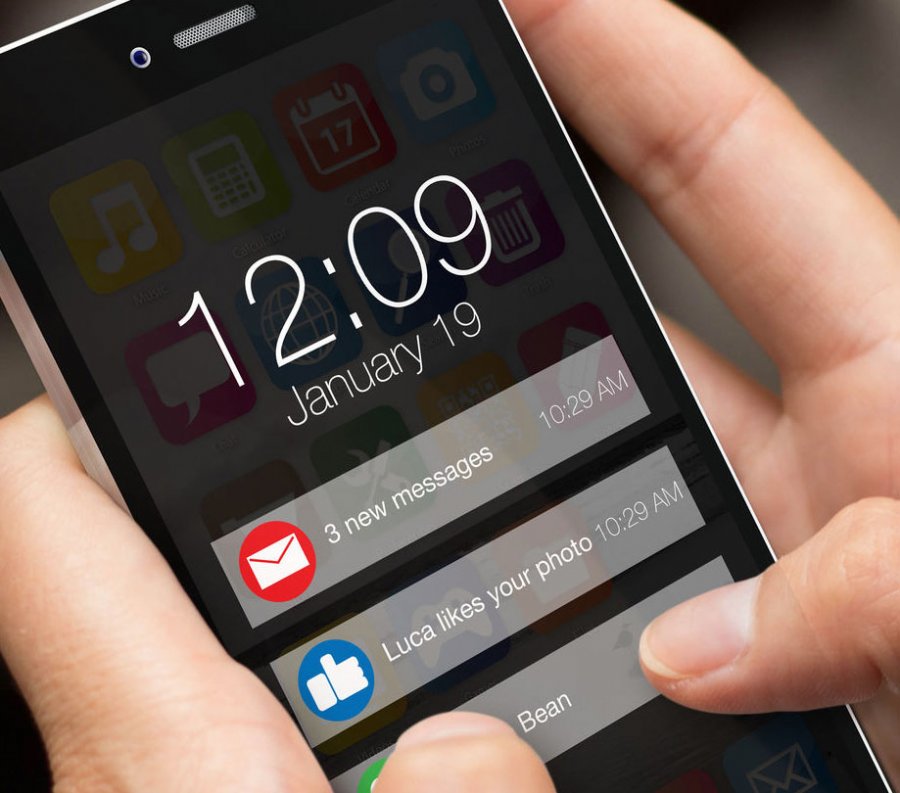
Push notifications are a great way to keep your users engaged with your app. They can be used to alert users of new content, updates, or other important information. However, when a user’s device battery is low, push notifications may not be delivered. This is because the device needs enough power to process and deliver the notification.
When a user’s battery is low, the device will prioritize tasks that require more power over those that don’t. This means that push notifications may not be processed until the battery has been recharged or replaced. Additionally, if the device is in sleep mode or has been turned off completely, push notifications will not be delivered until it is powered back on.
In order to ensure that push notifications are delivered even when a user’s battery is low, developers should consider implementing an alternative delivery method such as SMS or email notifications. These methods are more reliable and can reach users even when their devices are powered off or have low battery levels. Additionally, developers should also consider optimizing their apps so they use less power and don’t drain the battery as quickly. This will help ensure that push notifications are delivered even when a user’s device has a low battery level.
Overall, push notifications can be an effective way to keep users engaged with your app but they may not always be delivered when a user’s device has a low battery level. To ensure that users receive important updates and information from your app, developers should consider implementing alternative delivery methods such as SMS or email notifications and optimizing their apps for better power efficiency.
